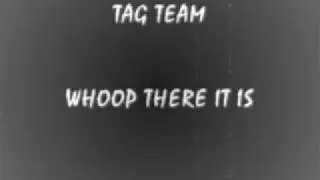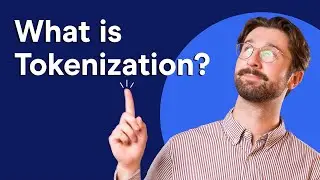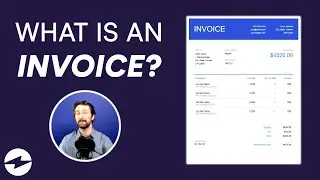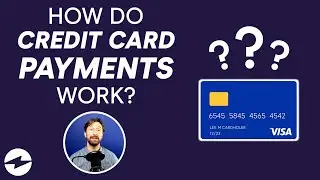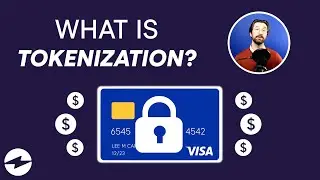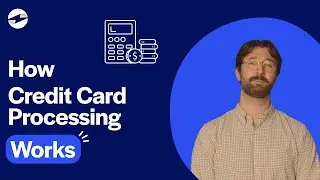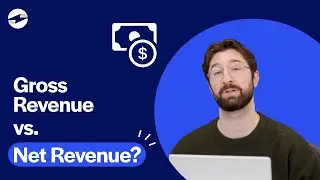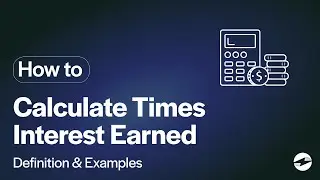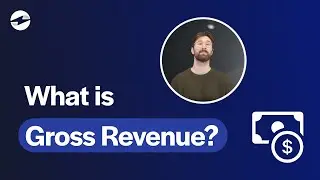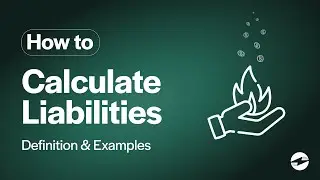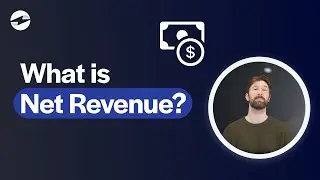How Do Credit Card Transactions Work?
💳 Here’s what happens when you run a credit card transaction.
One. The customer swipes or inserts their credit card, or the seller types in their credit card information.
Two. The credit card information is sent through the seller’s payment gateway to the network/acquirer, an entity that verifies transactions and also moves money from account to account.
Three. The network requests an authorization from the customer’s bank, called the card issuing bank.
Four. The card issuing bank checks the customer’s account to make sure they have the credit or funds available. The bank authorizes or denies the transaction accordingly.
Five. The network receives the response from the card issuing bank and sends it back to the payment terminal. If authorized, the transaction will go through.
Six. These authorized transactions accumulate throughout the day. They form what’s known as a batch—a collection of authorizations.
Seven. At the end of the day, the network collects the funds for every transaction and deposits them in a lump sum in the business’s merchant account, a special bank account for receiving credit card transactions.
Other helpful blogs:
➡️ How to Secure Credit Card Transactions Online
https://ebizcharge.com/blog/how-to-se...
➡️ How Credit Card Processing Works
https://ebizcharge.com/blog/how-credi...
Discover the #1 integrated payment platform with EBizCharge. Enjoy lower credit card processing rates with transparent flat rate pricing, no contracts, and no switching costs.
Call now for a complimentary cost savings analysis.
⚡️ https://www.ebizcharge.com/
📞 (888) 500-7798







